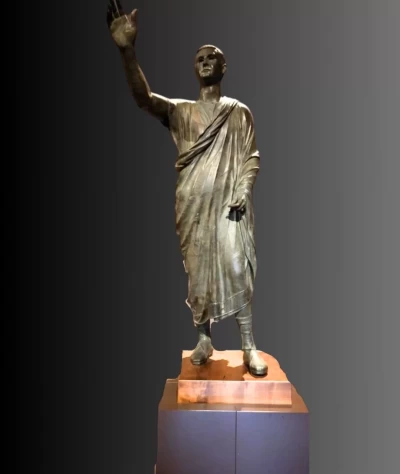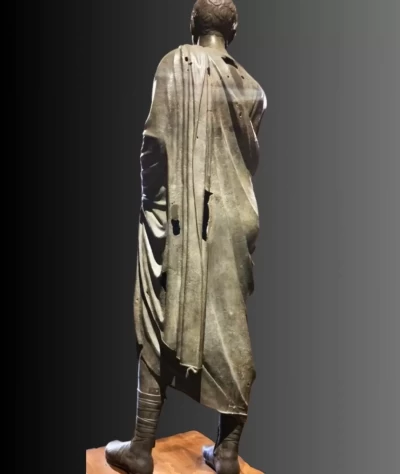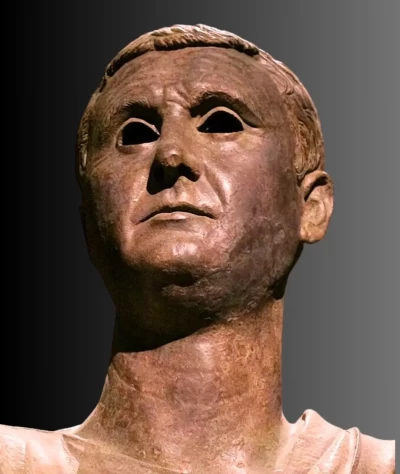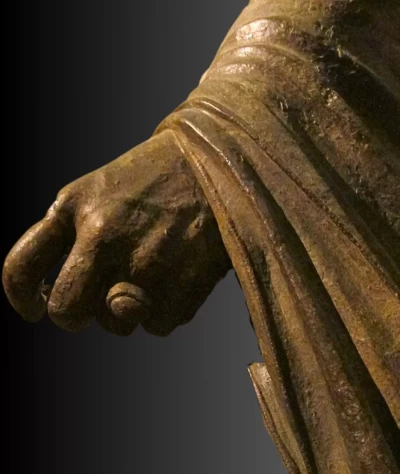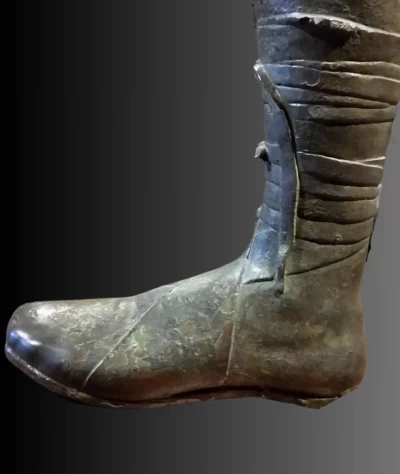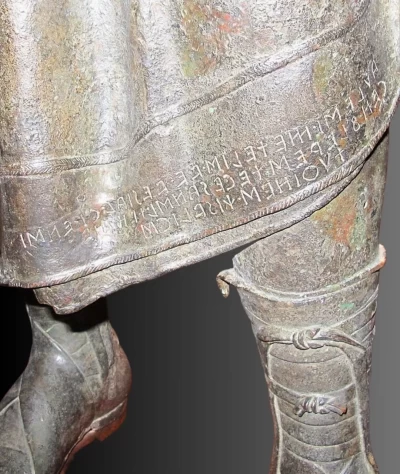The Orator. A journey into history
The Orator: A Journey into History Florence Archaeological Museum
Imagine taking a step back in time to around 100 B.C., when the ancient city of Perugia was its vibrant heart. In those days, humanity had a unique way of expressing power and authority, and an extraordinary example of that era can be found in the figure of the Orator.
This astonishing bronze statue, unearthed in 1566, just 14 kilometers from Perugia, has a fascinating story. Once discovered, it was immediately acquired by Cosimo I and brought to Florence, where it is now housed. The statue was crafted using the lost-wax technique, assembled in seven parts, and then fused together. The exception is its feet, which were added later to make it more stable.
The Orator is a life-sized mature man making a gesture known as "silentium manu tacere," which means imposing silence with his hand. This gesture was used by politicians in Republican Rome when preparing to deliver a public speech, an oration, or a public address. It is from this practice that the Orator derives its name.
The statue portrays a serious man with extraordinary realism. He wears a short toga with ornate edges, over a tunic bordered by a narrow red band. The sandals he wears are of a type with two knots, reserved only for Roman senators. The magisterial ring on his finger qualifies him as Aulus Metellus, a Roman citizen of high status. This tells us that he was part of the circle of the elite of the Etruscan city who eventually became part of the Roman Senate.
One truly fascinating detail is an inscription beneath the toga, written in Etruscan: “To Aulus Metellus, son of Vela, from the Vesial family, this sacred object to the god Tece Sans is offered by the community of Chisuli.”
This shows us the incredible process of Romanization that was taking place in Etruria. The Orator is a Roman statue with an Etruscan inscription, a symbol of how these two cultures were intermingling throughout history.
In a few words, the Orator is an extraordinary work that takes us on a journey through time, a bridge between two fascinating civilizations, and a precious moment in human history.
Altri articoli
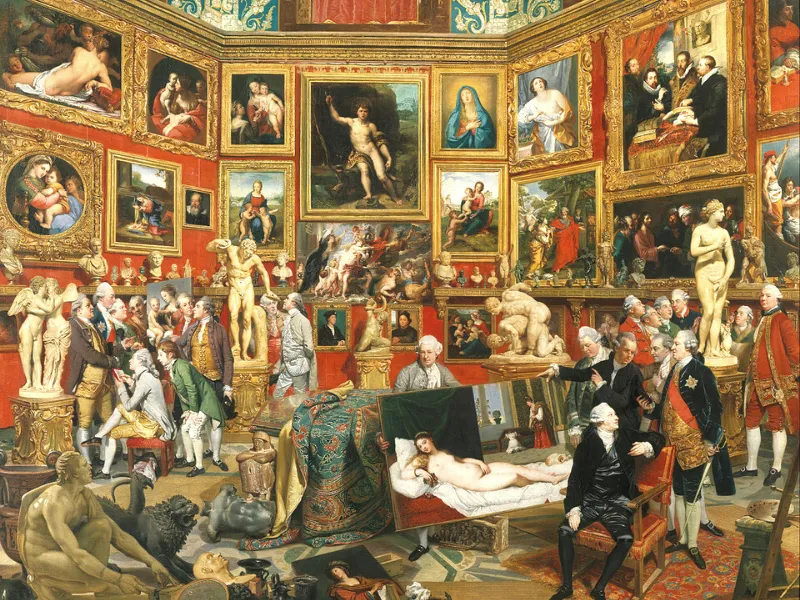
Johann Zoffany painted the Tribune
If you want to know the paintings and the statues situated in the XVIII century inside the Tribune look at the painting below!
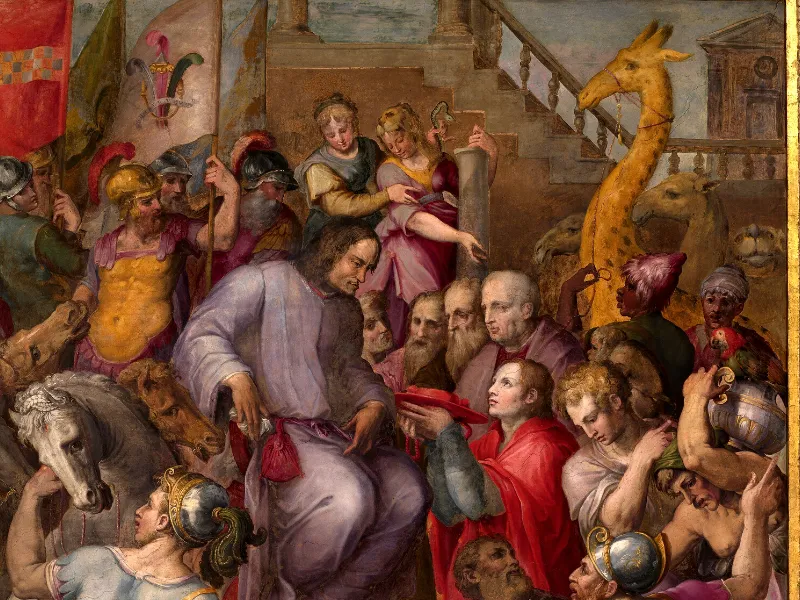
A giraffe in Palazzo Vecchio
The animal was a gift the Egyptian sultan offered to Lorenzo in 1487 to obtain his support.
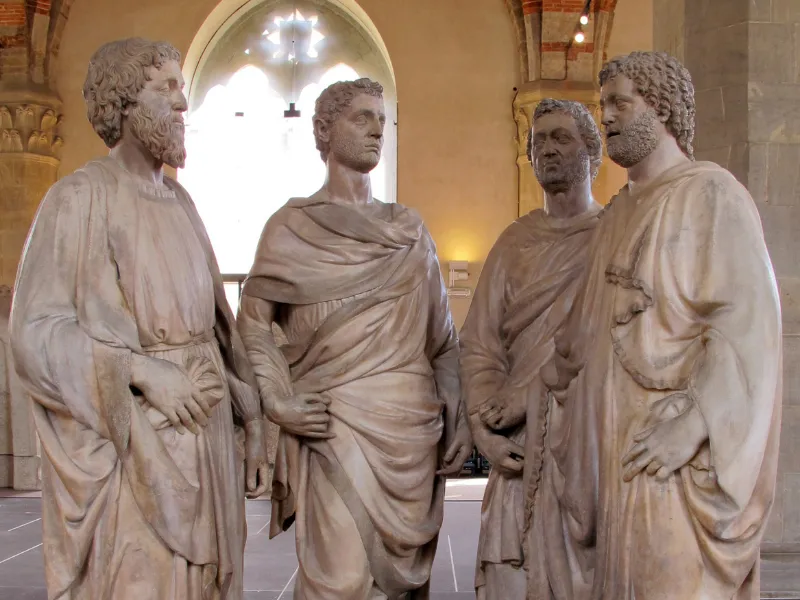
A museum inside e church
The museum completes inside one of the most unusual churches of Florence even for its shape.
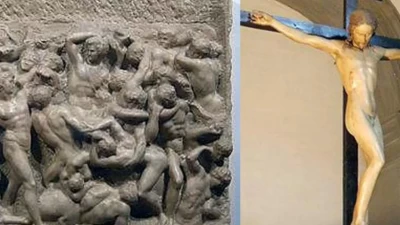
Michelangelo and his friend Lorenzo il Magnifico
Christ is represented here as a young man!


